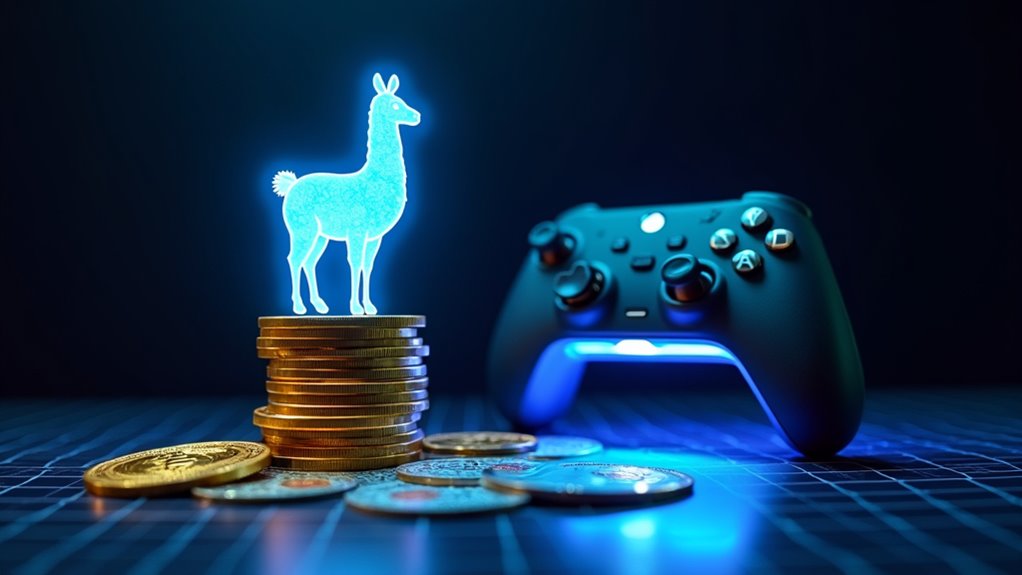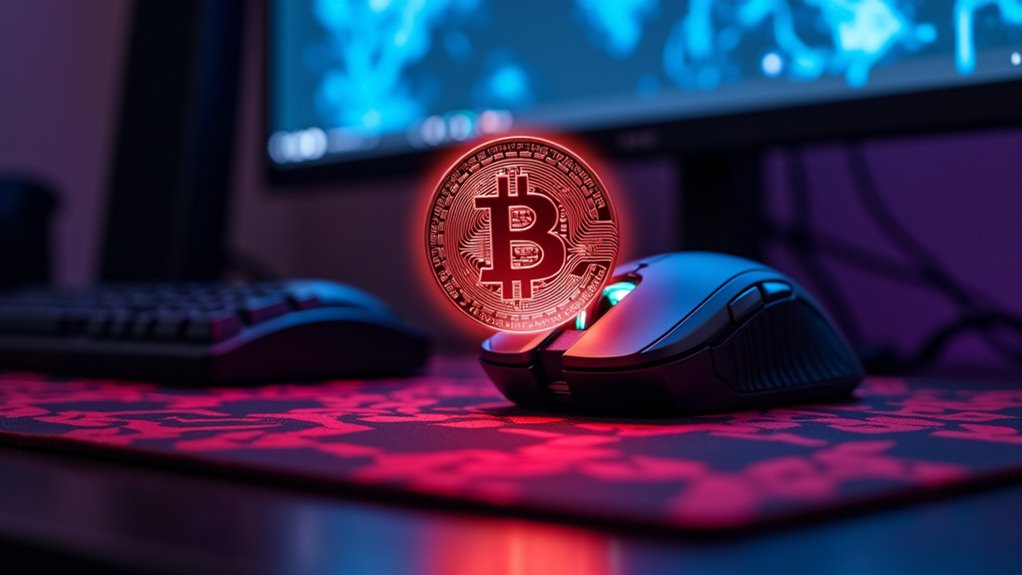Creating a crypto token requires a clear purpose, well-defined target audience, and exacting security measures to stand out in the crowded market. Selecting the right platform, conducting market research, and identifying the token type is vital. Developing and securing the token involves setting up a wallet interface, selecting a blockchain, and verifying contract security. Deployment, verification, and maintenance processes involve security audits, privacy concerns, and marketing strategies to list the token on exchanges. Now, prepare to delve into the nitty-gritty details.

Creating a crypto token is like launching a startup – it requires a clear purpose, a well-defined target audience, and a unique selling proposition that sets it apart from the crowd.
Launching a crypto token demands clarity, audience insight, and a compelling differentiator to stand out in the competitive landscape.
You need to determine whether your token is a utility, governance, or security token. Then, you must choose a blockchain platform, considering factors like transaction fees and scalability. Popular options include Ethereum, Binance Smart Chain, and Solana.
Identify your target audience – the people who will benefit from your token. What sets your token apart from others in the market?
Conduct market research to understand the competitive terrain and potential demand. Define your token’s supply, distribution methods, and incentives for token holders. Plan for token burning and minting mechanisms to control supply and prevent inflation. Setting up a secure wallet interface is crucial for managing your token’s development and distribution.
Selecting the right blockchain affects the entire project in the long run. Smart contract development is vital. Use languages like Solidity for Ethereum-based tokens or Rust for Solana-based tokens.
Verify the contract is secure and functions as intended through testing, auditing, and integration testing. Deploy the contract on the chosen blockchain, following the platform’s guidelines. Obtain and publicize the contract address, and verify the token’s existence on block investigators.
Verify regulatory compliance, conduct regular security audits, address privacy concerns, and put in place anti-money laundering policies. Finally, consider insurance options to mitigate financial risks. Develop a marketing strategy to list your token on cryptocurrency exchanges.
Frequently Asked Questions
Can I Create a Token on Multiple Blockchains Simultaneously?
They can create a token on multiple blockchains simultaneously by utilizing development tools like Chainlink’s CCIP and thirdweb integration, which enable seamless transfers and simplify the deployment process on different chains.
What Is the Minimum Amount of Tokens I Can Create?
In theory, a single token can be minted, as there is no technical minimum enforced by most blockchains, and even low supply tokens can have hundreds or thousands of tokens, with practical minimums dictated by decimal places and divisibility.
Can I Change My Token’s Name After Launch?
In general, changing a token’s name after launch is often restricted or impossible without redeploying the token, and even then, it may have particular requirements and limitations, such as unique name and character guidelines.
How Do I Get My Token Listed on Exchanges?
To get a token listed on exchanges, one must navigate the complex process, considering exchange reputation, trading volume, and listing costs, while ensuring regulatory compliance, showcasing token utility, and credibility, and meeting stringent listing criteria.
What Is the Cost of Maintaining a Crypto Token?
Maintaining a crypto token involves ongoing operational costs, such as node fees ($5,000-$25,000 annually), smart contract auditing ($1,500-$2,000), and security enhancements ($100,000-$500,000), plus compliance and marketing expenses, totaling $30,000-$500,000 or more annually.









